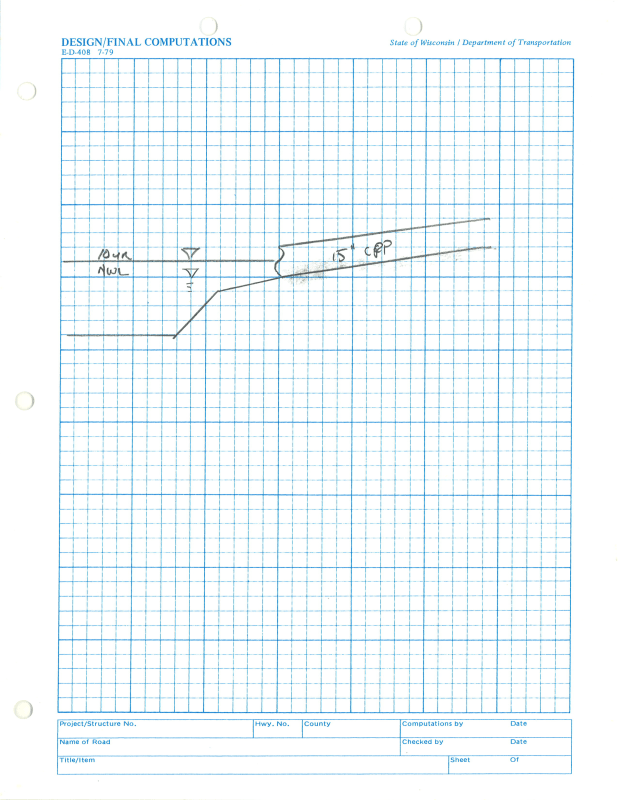David Krugler PE
Civil/Environmental
So a discussion came up in our office that I am requesting what others are doing in the Municipal world.
We normally design our storm pipes (Size and slope) for the 10-year event. However, we had not taken into account that the outfall had any water standing. For instance, we have an outlet of our storm pipes into a detention pond. We normally had the pipe invert placed at the "Normal Water Level". This assumption does not apply as our pond will have water elevation higher than the NWL in a 10-year event (say NWL+0.8') thereby decreasing the capacity of the storm system.
Am I getting too far into the weeds for concern, or is the normal operation to place the pipe invert at the pond's 10-year event so that the pipe flows at the capacity for the 10-year event?
Thanks in advance.
We normally design our storm pipes (Size and slope) for the 10-year event. However, we had not taken into account that the outfall had any water standing. For instance, we have an outlet of our storm pipes into a detention pond. We normally had the pipe invert placed at the "Normal Water Level". This assumption does not apply as our pond will have water elevation higher than the NWL in a 10-year event (say NWL+0.8') thereby decreasing the capacity of the storm system.
Am I getting too far into the weeds for concern, or is the normal operation to place the pipe invert at the pond's 10-year event so that the pipe flows at the capacity for the 10-year event?
Thanks in advance.

